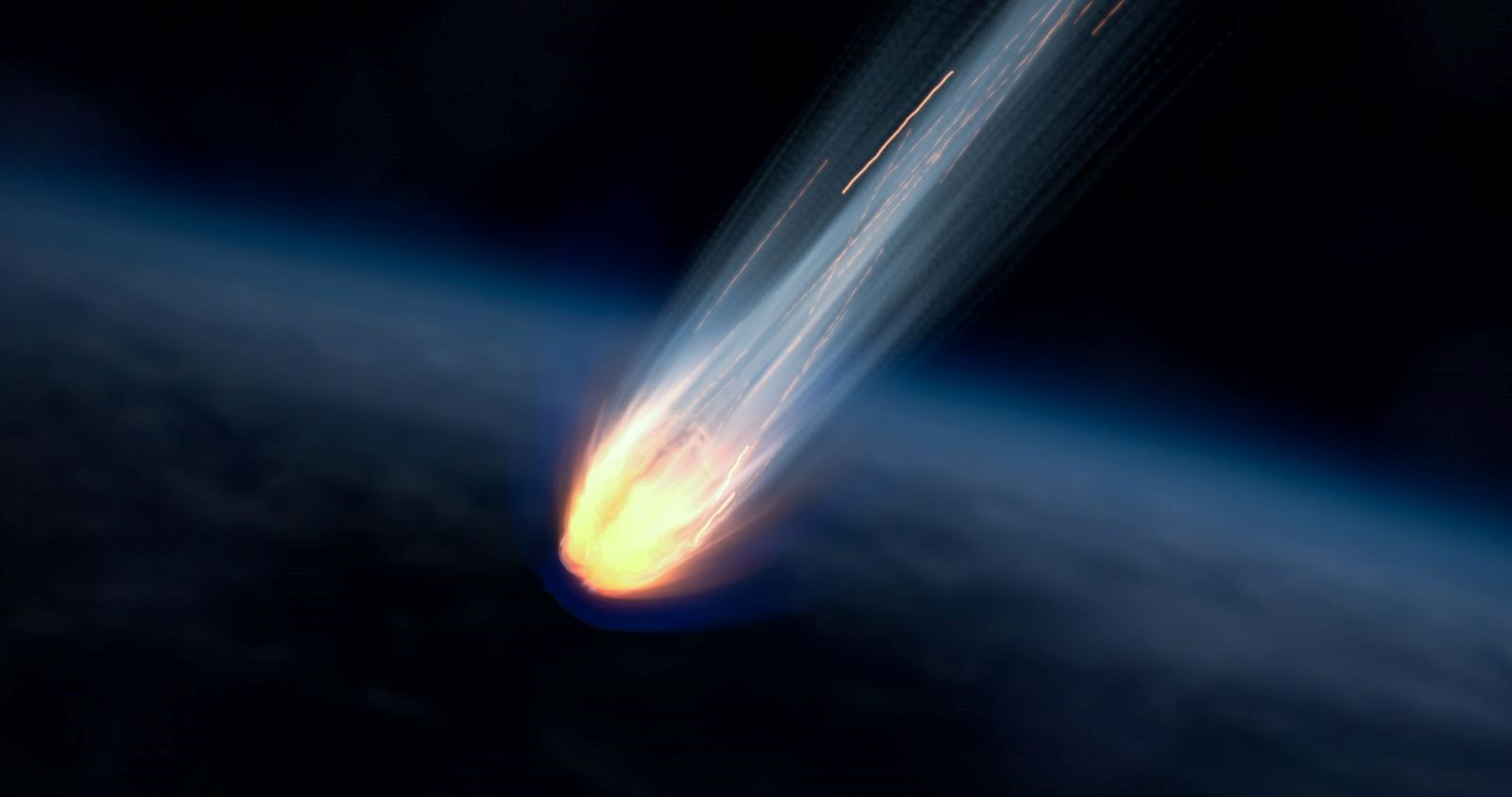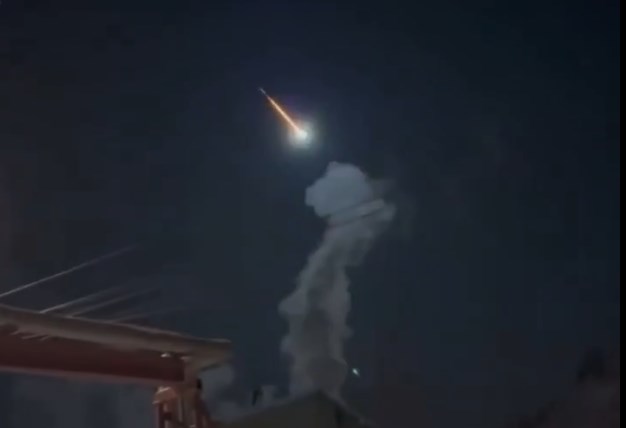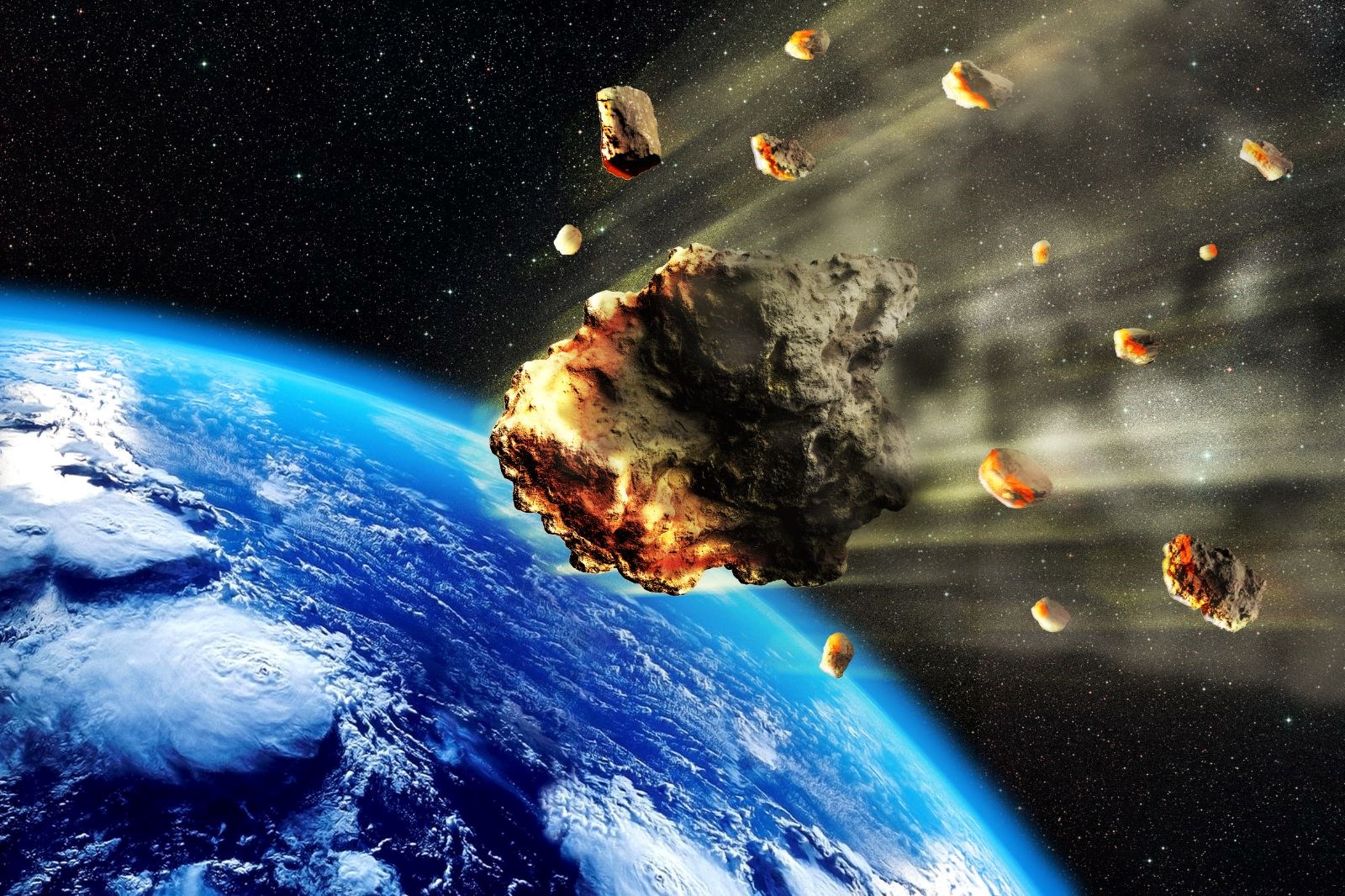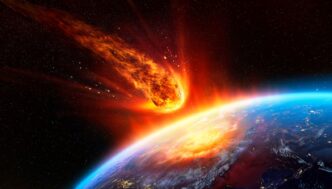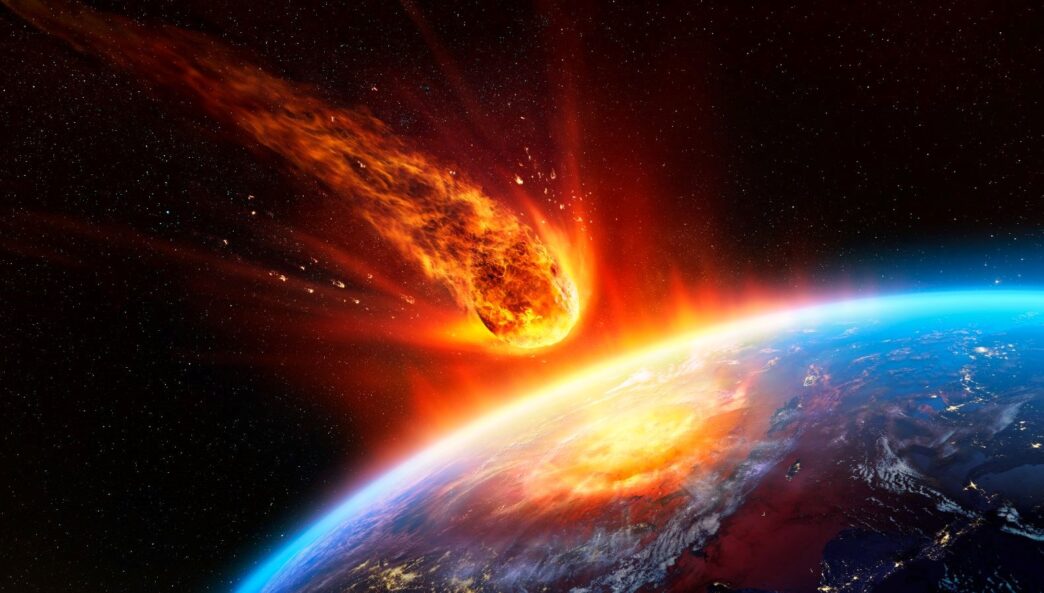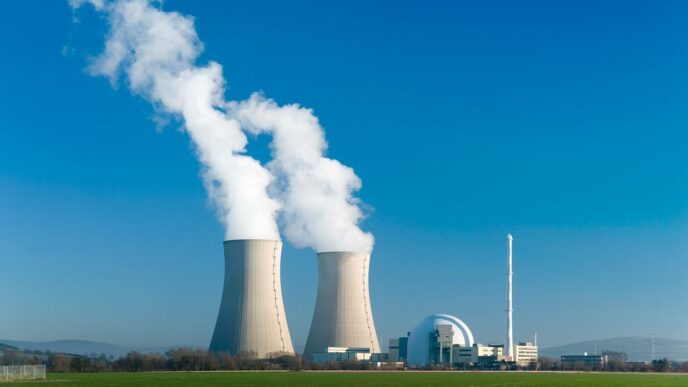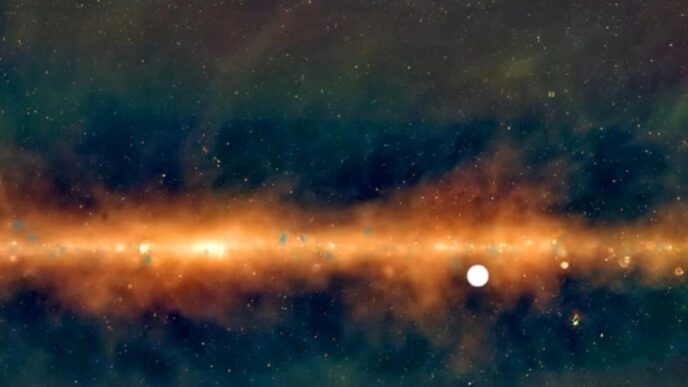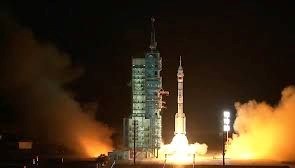An asteroid called COWECP5 entered Earth’s atmosphere and turned into a fireball, causing concern in Yakutia at the moment of impact. The meteorite, detected by NASA seven hours before the collision, burned up and disappeared in the atmosphere. No damage or loss of life was reported in the incident, which has put authorities on alert.
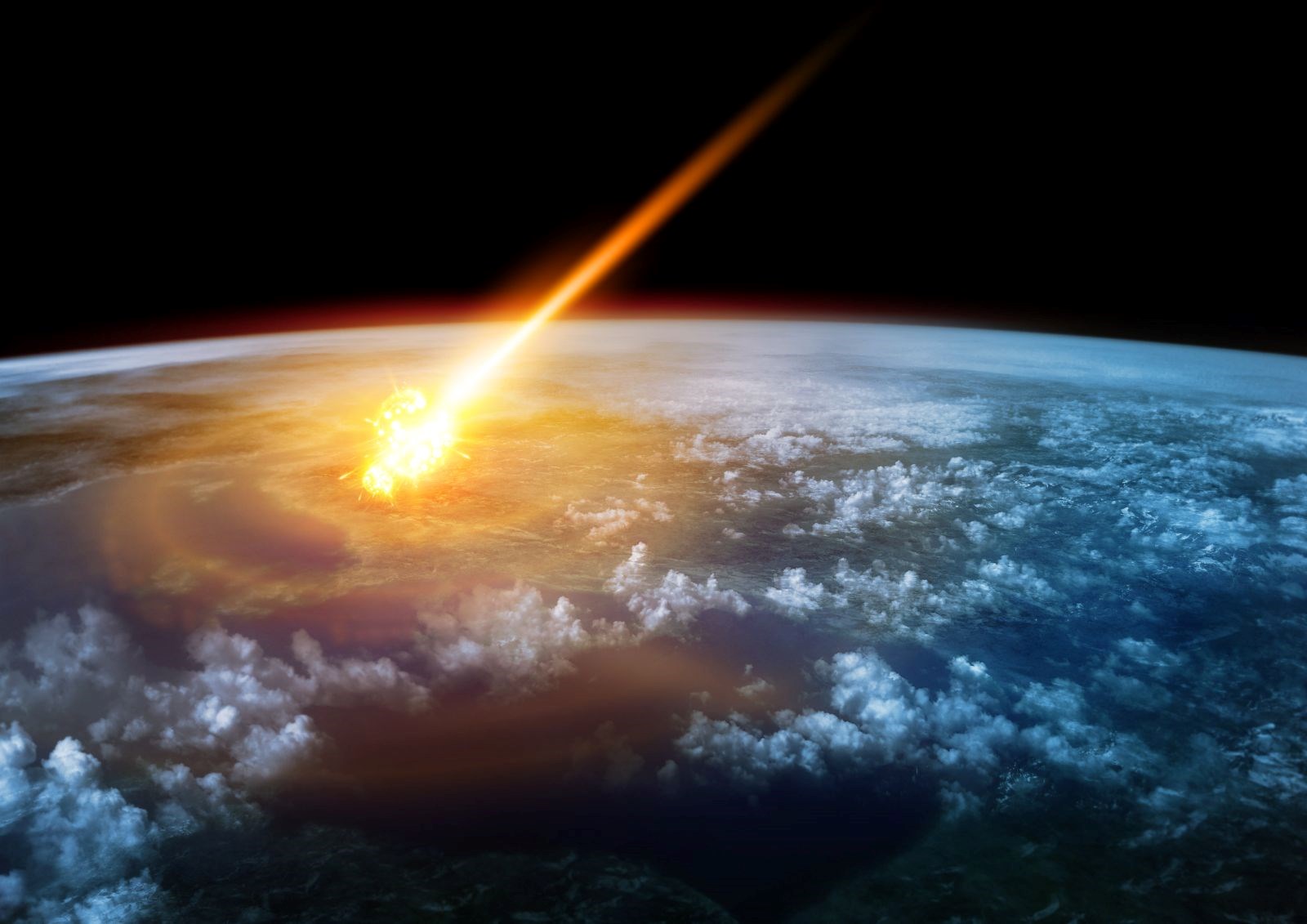
The asteroid, named COWECP5, appeared in the night sky hours after a warning was issued by NASA’s asteroid detection system.
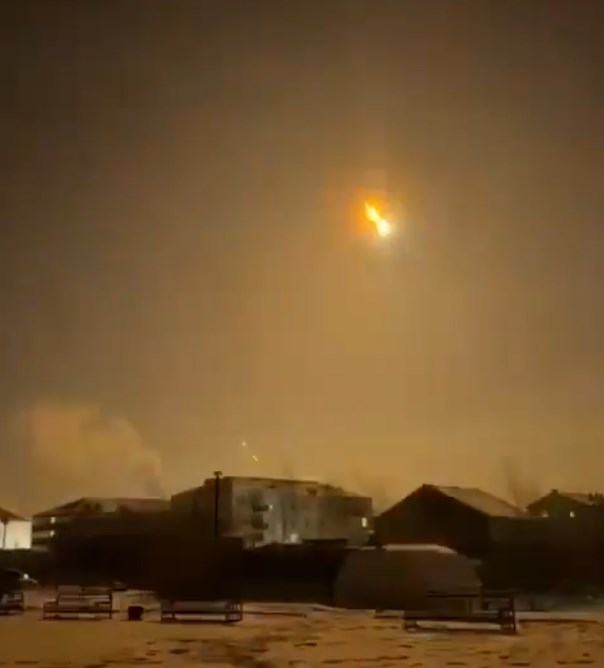
The asteroid exploded over Yakutia with a red glow, hovering above bright city lights and setting off flames as it passed over Olekminsk.
The Yakutia Emergency Situations Ministry announced that all authorities were put on alert as the asteroid approached, but no damage was reported after its landing.
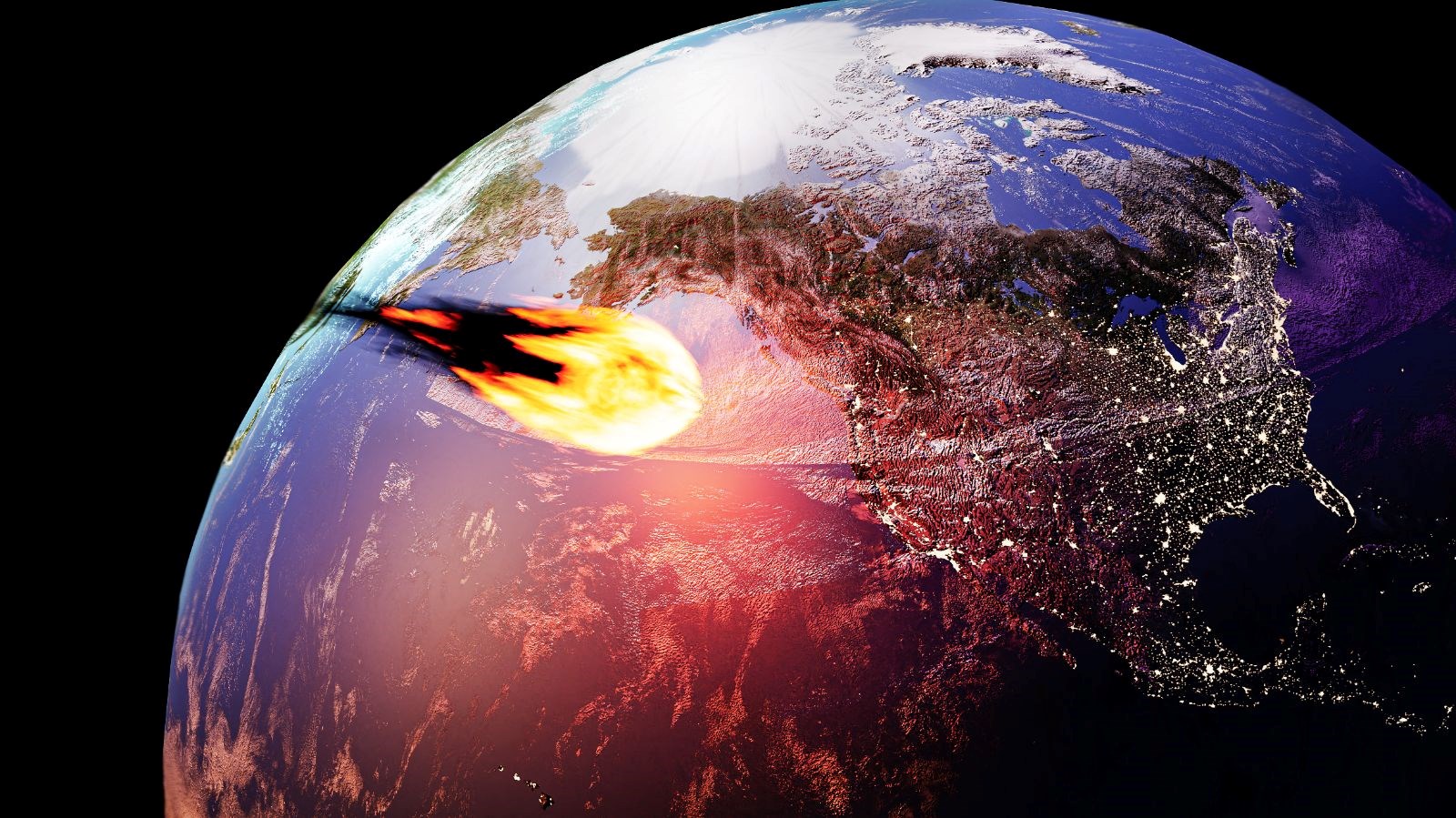
It was reported that due to its small size, the meteorite would burn up in the atmosphere and pose no threat to people on the ground.
FOURTH ASTEROID OF 2024
COWECP5 was the 12th time scientists have accurately reported an asteroid before it hit, and the fourth asteroid to hit Earth this year.
The last collision occurred in October over the Pacific Ocean; before that, other asteroids reached Earth in September and January.
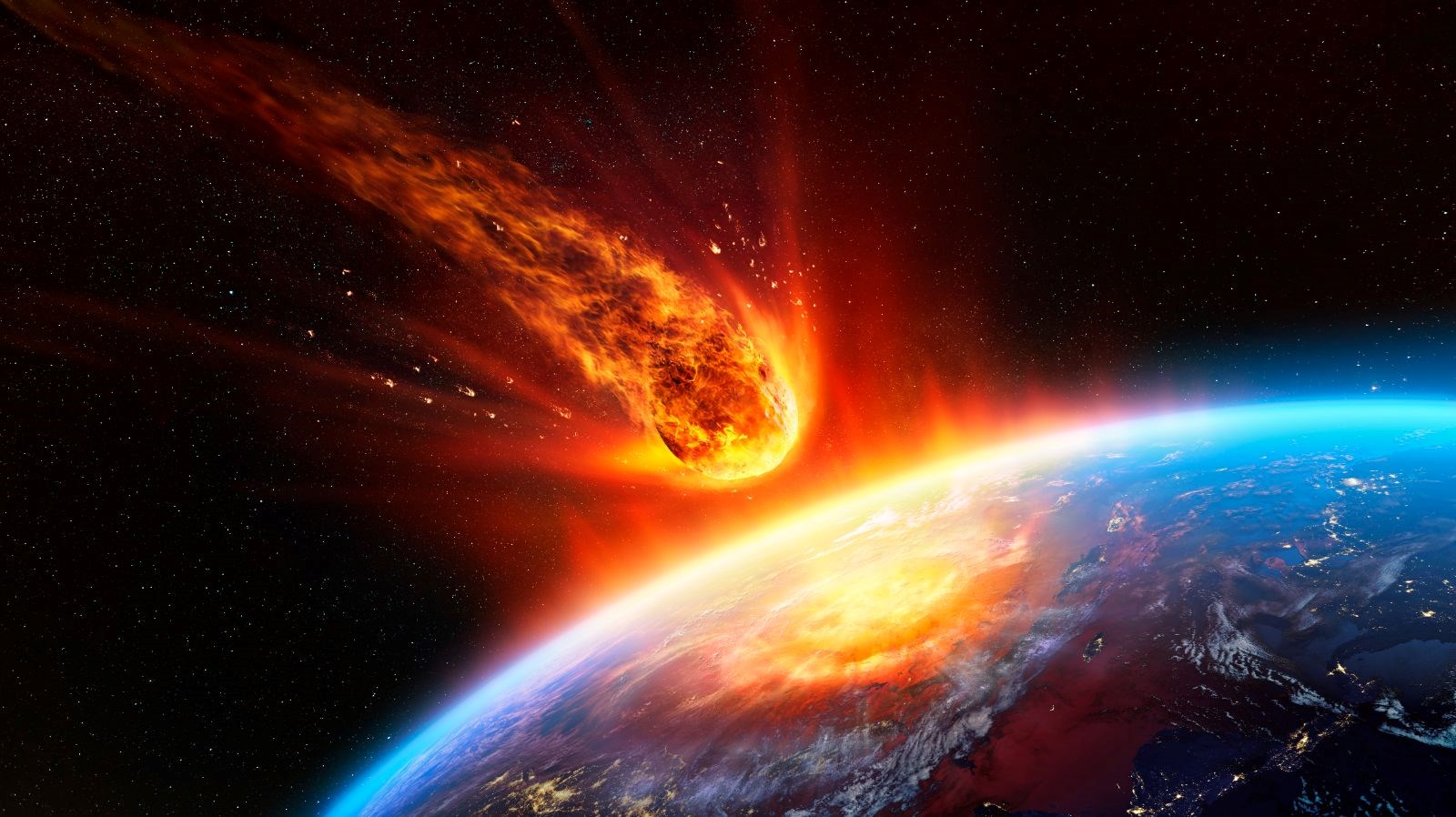
The agency said the asteroid did not cause any damage or casualties, and made the following statement on Telegram:
“Fortunately, the asteroid passed above the atmosphere. Public safety was not compromised.”
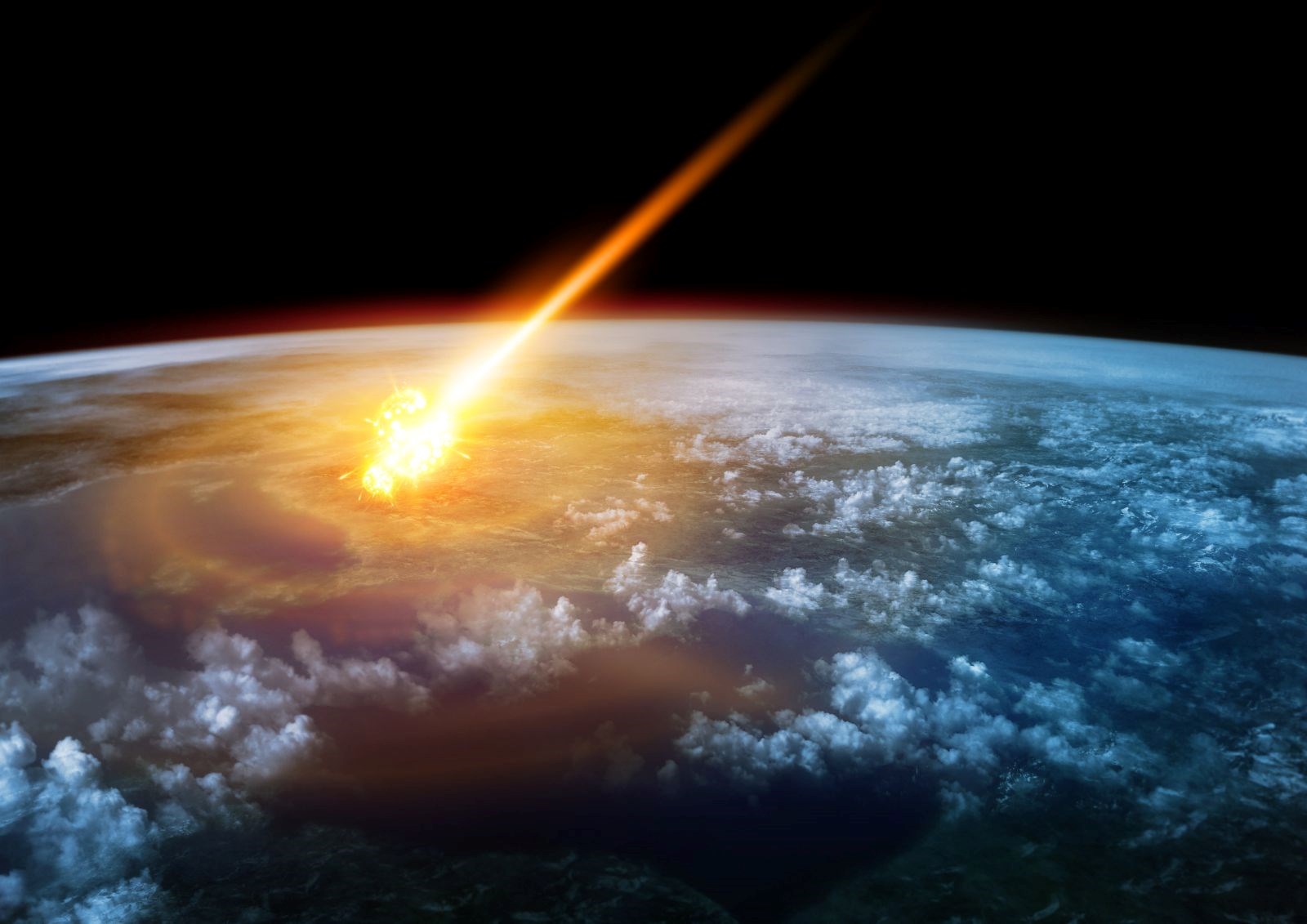
Although early detection of an asteroid is a rare situation, it was stated that the early detection of a meteorite was a positive development in terms of astronomy.
